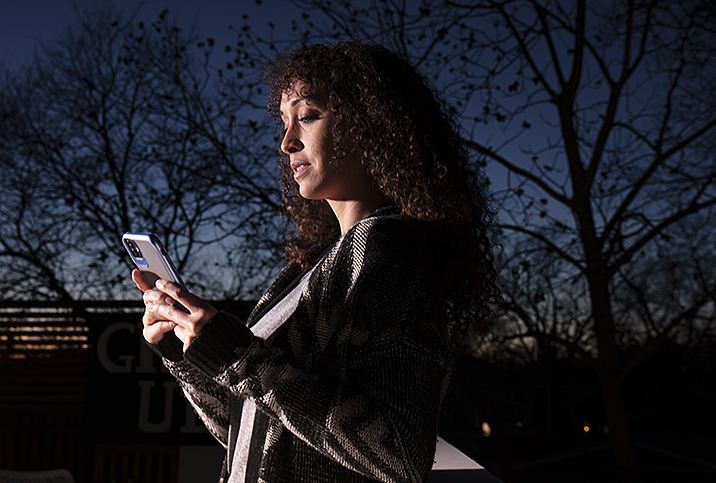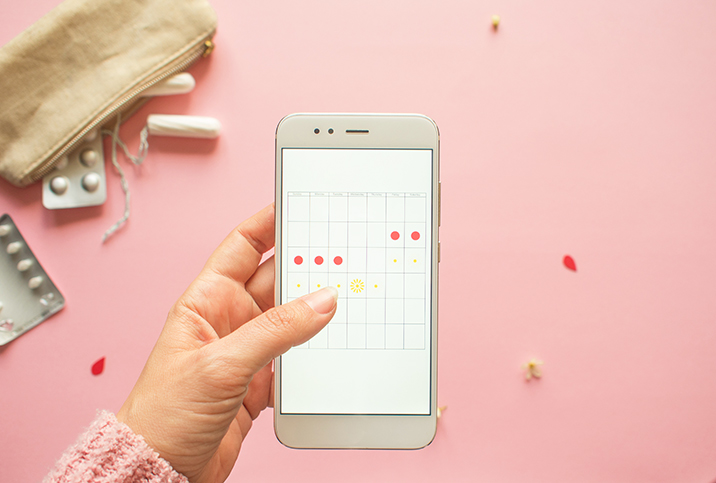Track Ovulation to Determine Your Fertility Window

A majority of women have an ovulation cycle that lasts about 28 to 32 days. During ovulation, the mature egg is released from the ovary and travels down the fallopian tube, where sperm must be present at the same time as the egg for fertilization to occur.
Ovulation, meaning the time frame when the egg becomes available for fertilization, typically occurs between day 11 and day 21 of a woman's cycle. While ovulation technically lasts only 12 to 24 hours, it's still possible to get pregnant if you have sex on the days leading up to ovulation.
What is a fertility window?
Both the egg and sperm have short lifespans, so the closer to the time of ovulation you have sex, the more likely you are to conceive. The “fertility window” refers to the specific days in your cycle when you're most likely to get pregnant: the five days leading up to ovulation, as well as your ovulation date.
If you have sex five days before ovulation, you have about a 10 percent chance of conception. If you wait until two days before you're ovulating, your chances increase to 30 percent. Obviously, scheduling sex throughout your fertility window increases the chance of a sperm fertilizing an egg.
Various factors can impact fertility, including age, so these chances are not absolute. However, in general, compared to any other time of the month, the moments leading up to ovulation are your best bet for soon seeing a positive pregnancy test.
How can I track my cycle?
Tracking your ovulation cycle is simple, especially since several online calculators and smartphone apps will do the math for you and provide helpful reminders. You can also keep track of your cycle the old-fashioned way: with a pen and paper, based on your period's timing.
Hormonal shifts that occur during ovulation can give you some clues into your fertility window.
Ovulation strips are one way to confirm your suspected timing. They detect luteinizing hormone, which triggers ovulation, in your urine and help signal the optimal time to have sex. During ovulation, body temperature goes up ever so slightly, by one-half to one degree. To detect this change and predict when you're ovulating, use a basal thermometer, which measures temperatures to a precise accuracy, sometimes within 0.01 degree.
Following basal body temperature charts (BBTs) is the gold standard for detecting ovulation. To be most accurate, the ovulation test strips need to be done twice daily, which can be expensive. Basal body temperature charts can easily be found on the internet.
Other signs of ovulation include breast tenderness, bloating, light spotting and changes in vaginal discharge, though these symptoms can be easy to miss.
Can ovulation tracking backfire?
While ovulation tracking is useful for attempting to get pregnant, it is not a fail-safe way to prevent pregnancy. Always use a reliable form of contraception if you are trying to avoid becoming pregnant.
Even when you get the timing just right, you still don't have a 100 percent chance of fertilization or producing a viable embryo. Conception can take several months of trying, even for healthy couples.
If you've been trying for at least 12 months without any luck—or six months for women older than 35—ask your doctor about fertility testing and the resources available to help you conceive naturally.


















